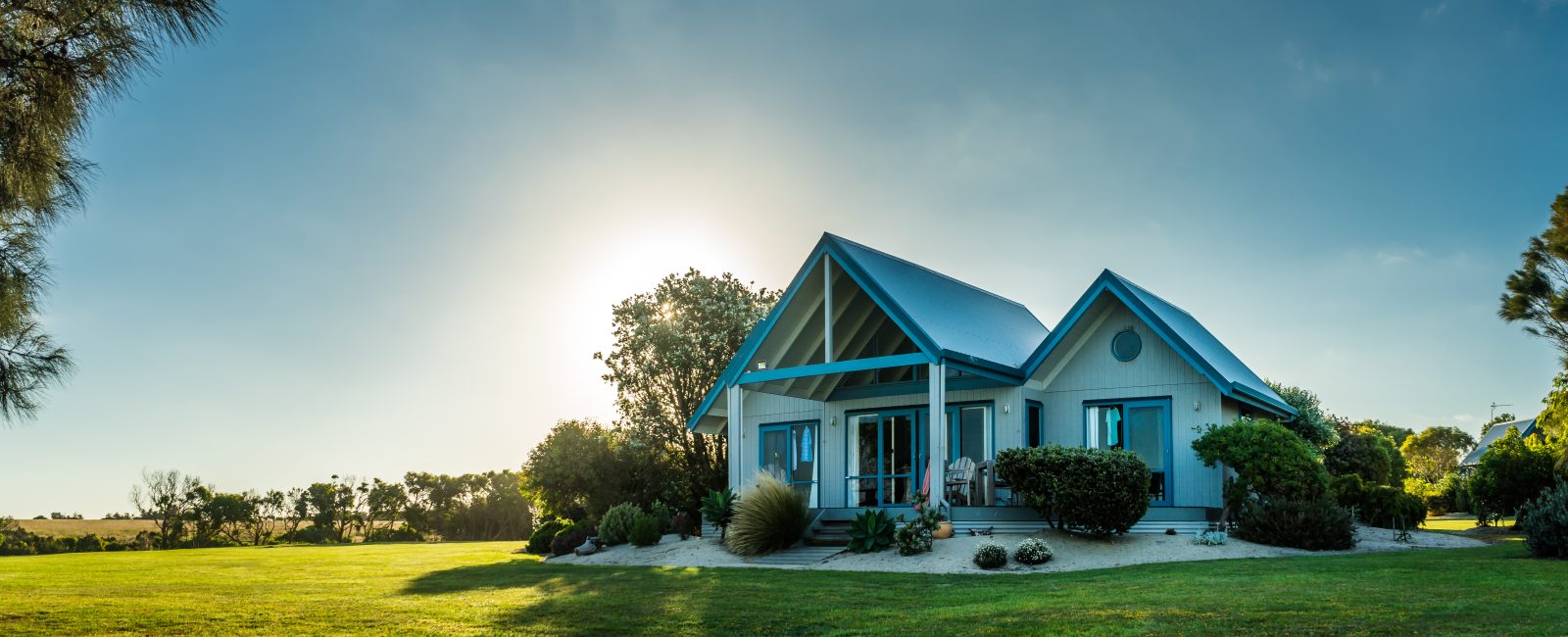
How many log cabins can you see when you walk around different neighbourhoods? Not that many? Well, it is because, despite its great aesthetics, there are some myths about them. Many people consider them inferior to traditional bricks and concrete buildings. They have some doubts about the log cabin’s stability, integrity, and costs. Here are some most common myths about timber houses that hold back people from owning them:
Myth 1: Log Cabins are Hard to Construct and Maintain. They Come with High Investment and Effort
The construction problem of a residential log cabin stands at the top of wooden house myths. The timber homes use several small pieces. Therefore, many people believe that constructing a log cabin is difficult. Well, it is not entirely true. Usually, manufacturers cut the log so that you can integrate them easily.
You can also purchase pre-made log houses. Moreover, they don’t need much construction time as they get dry quickly. Therefore, their maintenance is not a big problem. You can take care of them by doing regular washes, timely weed cleaning and painting or staining. In addition, if any piece gets rotten, you can change it instantly instead of replacing a whole section.
Myth 2: Wooden Cabins are only for Weekends and Holidays. Not meant to Use All Year
It is a common misconception that log cabins are good as holiday houses or sheds but not suitable for permanent living. Homes made from wood have better thermal properties than concrete, brick, or stone structures. Nowadays, timber houses are safe, modern, and have all necessities. You can construct them as small or big as you want.
In addition, they have good insulating properties that maintain a decent temperature inside. So, they are equally good for summers as they are for winters or rainy seasons.
Myth 3: Wooden Houses are Fragile and Not Durable
There is a myth that wood has no comparison to steel and stone in strength. But it is a wrong statement. Timber comes in different sizes, shapes and species and is pretty versatile. Some wood types boast natural strength as compared to steel and stone. Moreover, you can treat them in various ways to improve their capability.
Treat timber with a drying process to maximise its strength. In this way, you can place wood into the kiln until it achieves its moisture content of 28 per cent. In addition, it ensures that timber will less likely have staining, distortion, or drying stress like bowing or warping. You can also try other methods like solar drying, air drying, or dehumidifier drying.
The decrease in timber’s moisture will improve the effectiveness of preservative treatments. Indeed some preservatives or fire retardant chemicals applications require proper wood treatment before you use them in construction. Moreover, wood drying will minimise vulnerability to bugs, fungal decay, and insects.
Final Verdict
It would be best if you don’t believe in such common myths related to log cabins. Instead, do proper research and select a trustworthy service to construct or buy a log cabin as it matters a lot.












